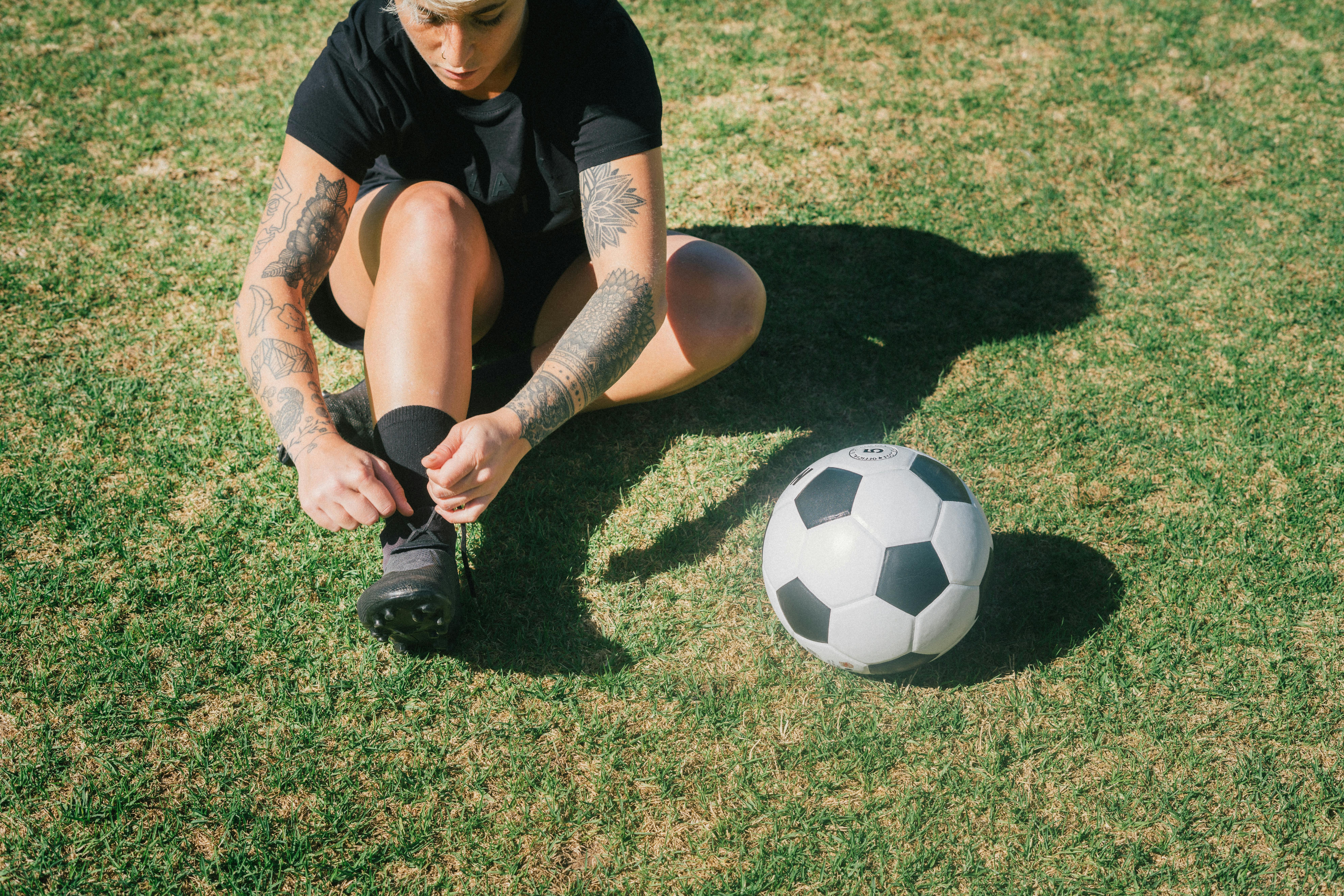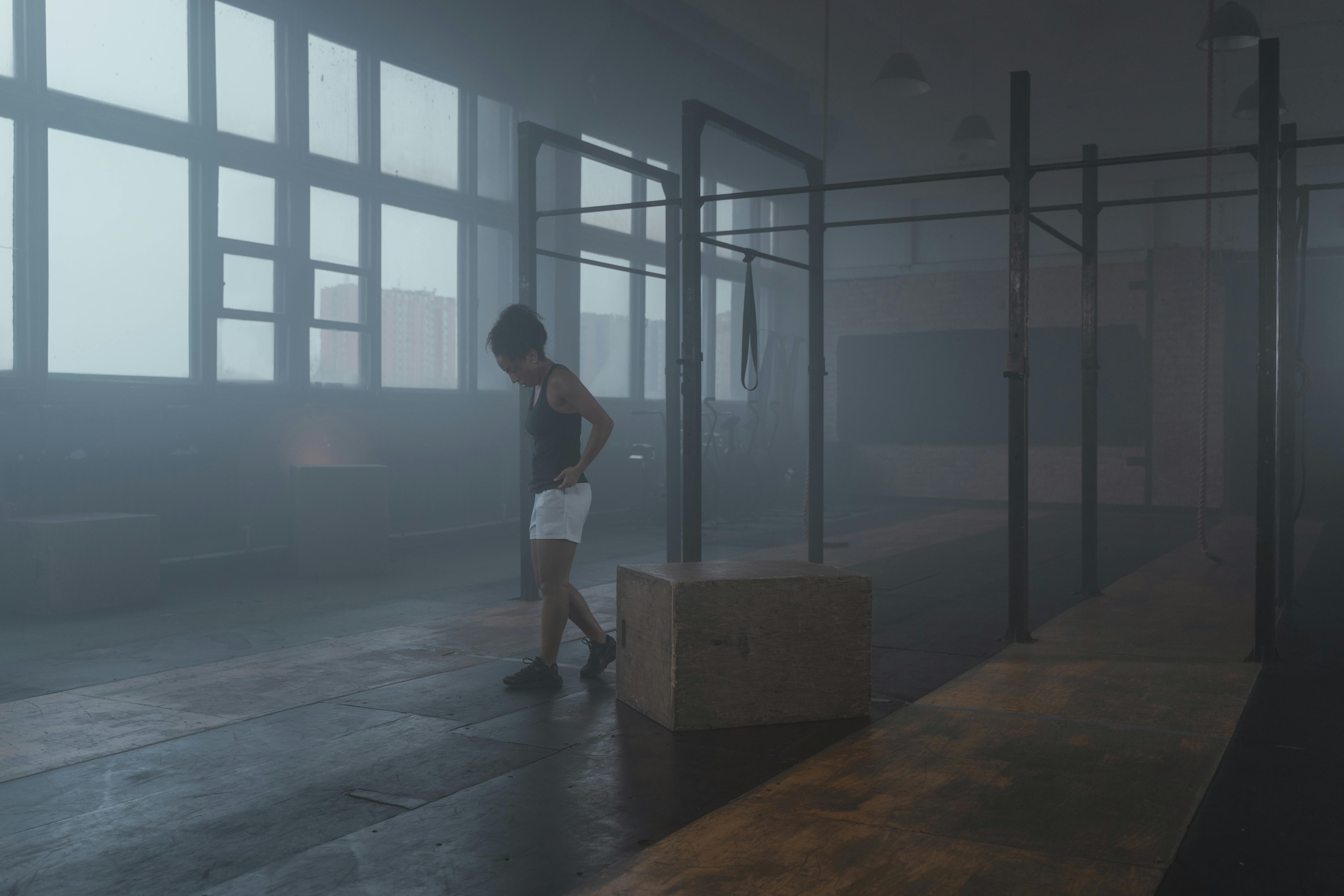
Native drum tuning
If your drum tone sounds flat and muffled then you need to fine tune it, before we move on to the “How to tune” part, let’s discuss the factors that affect rawhide. Raw leather by its nature contracts or expands depending on certain conditions. In cold, humid and humid climates or in these types of environments, rawhide expands. In hot, dry climates or when exposed to a heat source, rawhide will shrink.
Now, armed with this knowledge about rawhide, we can use it to our advantage to tune our drum to the perfect pitch we want. When the drum tone is flat and muted and the rawhide appears to be loose, you need to tighten the rawhide. We now know that exposing our drum to a heat source shrinks rawhide.
Warning! Excessive exposure of your drum to heat can cause permanent damage. Please read that again, because whatever heat source you use, it’s important to know. So don’t place your drum in front of or next to a heat source and walk away and forget it. Okay, now that we’ve got it out of the way, let’s look at a few different methods that we can use to heat up our drum, which makes the rawhide shrink and gives us a better melody / tone for our drum.
Methods for tuning your drums
- Hair dryer – the fastest and easiest way to tune a drum. Start in the center of the drum and work your way to the edges. It should only take a few minutes.
- Heat lamp – Put the drum in front of the heat lamp, once again, it should only take a few minutes. Play your drums periodically to test the tone.
- Heater or fireplace– With this method it is important not to place the drum too close to the fire. If it’s too hot for your hand, you should move the drum further away.
- Bonfire – The preferred method of native Indians to tune their drums. Most of us have seen the image of native Indians dancing around the fire playing their drums. Just make sure you don’t place your drum too close to naked flames.
Each of the above methods works fine, just make sure you don’t overdo it. By that I mean, leaving the drum in front of or too close to the heat source for too long. If you do, over time the rawhide will overstretch and eventually lose its natural elastic quality.
Also, if you overdo it, the rawhide can shrink too much and damage the wooden frame of the drum. Regardless of which method you use, test the drum melody as you go through the process by playing the drum until you are satisfied with the tone. As long as it is done correctly, you can use these methods repeatedly without affecting the life of the drum.
So far we’ve talked about ways to tune your drums if it sounds flat and boring. What if you have the opposite problem? On a hot, dry day, the drum can be very high-pitched; in this case, the best way to loosen the rawhide is by sprinkling or spraying small amounts of water on the rawhide.
Start at the edges of the drum and work your way to the center. Let it sit for a few minutes and then test the tone of the drum. Keep repeating until you have the desired shade. Avoid getting the wooden frame of the drum wet and, like the heating method, do not overdo it. In fact, use this method if you overheat your drum to loosen rawhide.
Other factors that affect the melody and pitch of Native American drums.
In addition to environmental conditions, there are other factors that affect the pitch and pitch of Native Indian drums. Are:
- Drum size. Generally, the larger the size of the drum, which includes the surface area of the rawhide, the width and depth of the wood frame, the deeper the tone and the more the tone is resin. Small drums tend to have a higher, higher pitch. Although other factors take effect that can affect the melody, pitch and pitch, regardless of size.
- Raw leather thickness. In my experience, the thickness of the rawhide has the biggest effect on the tone of the drums, particularly “Hoop Drums”. The thicker the skin, the deeper the tone and tone. Thinner skin has a sharper tone. So you can have a large drum with a thin skin that produces a high-pitched, high-pitched melody or a smaller drum with a thick skin that produces a long, deep melody.
These are all important factors to consider when selecting your drum.


